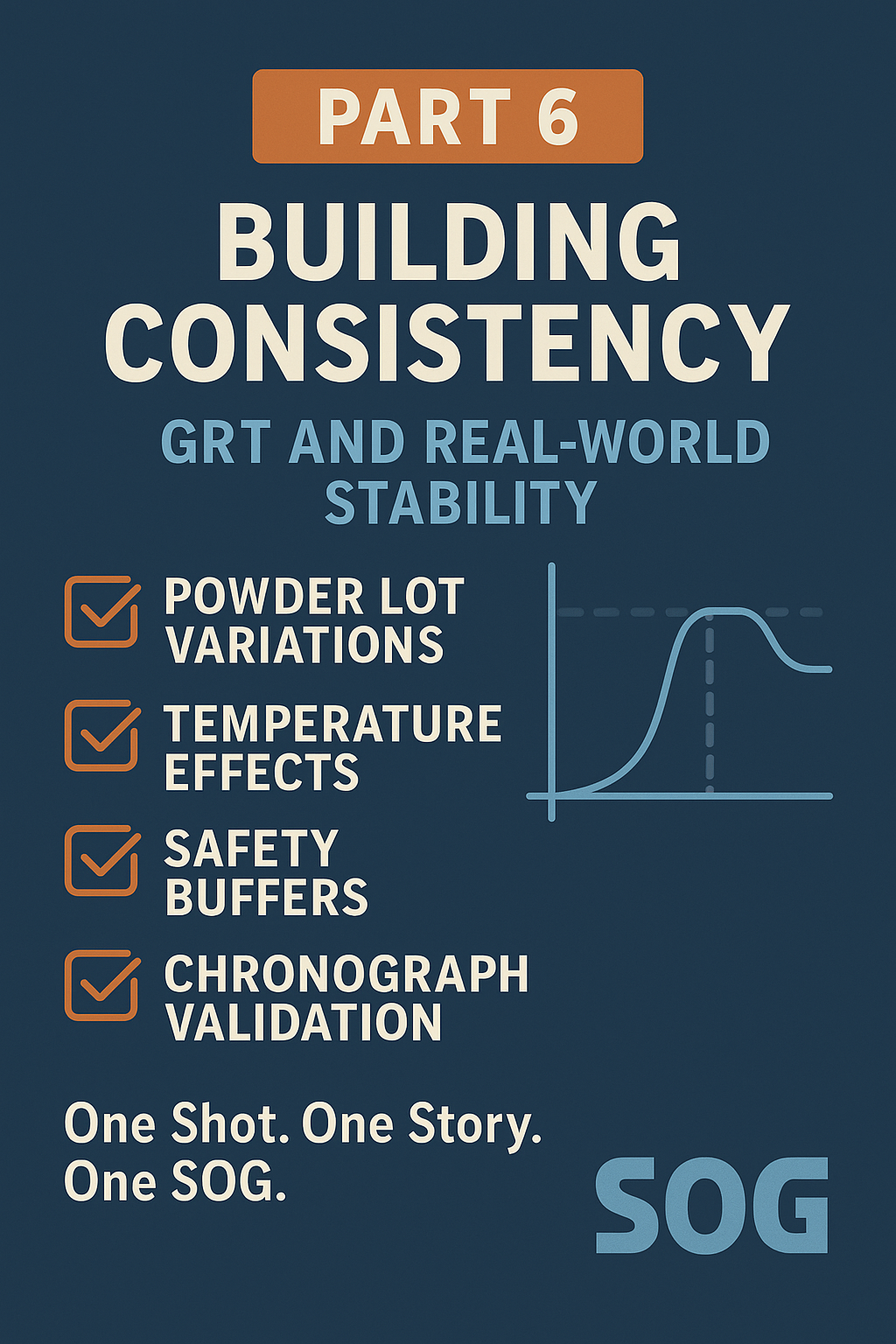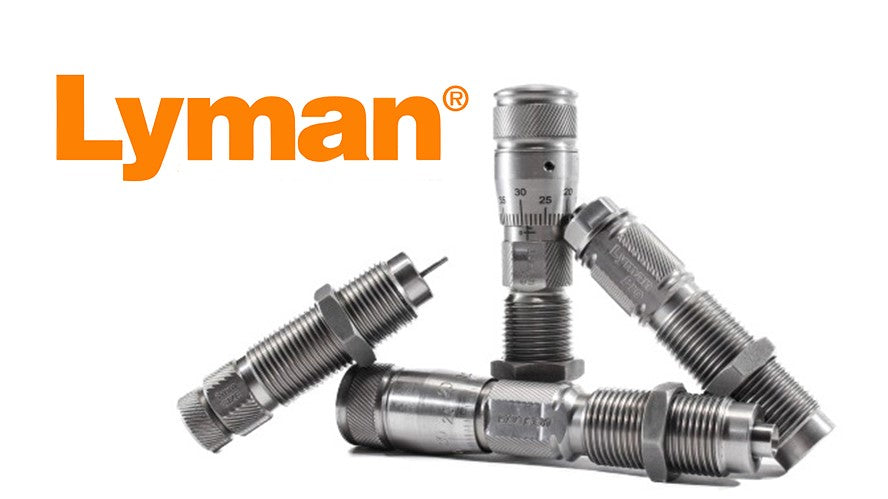
Building Consistency — GRT and Real-World Stability (Part 6 - Final)
Share
Every reloader knows the feeling: you’ve found a great load, it shoots tight groups… and then a hot summer day or a new powder lot throws it all off. In this final part of our GRT series, we focus on long-term stability — making loads that stay safe and consistent in different conditions.
1. Powder Lot Variations
-
What it is: Different batches of the same powder can burn slightly faster or slower.
-
How GRT helps: You can adjust the powder’s burn rate factor (Ba) in GRT to simulate “faster” or “slower” lots.
-
Practical tip: Always re-check new lots against published minimums. Even small changes can shift pressures significantly.
2. Temperature Effects
-
Reality check: Powder burns differently at -5°C vs 35°C. Velocity and pressure can shift more than you think.
-
In GRT: You can change the powder temperature parameter and watch how chamber pressure and velocity change.
-
Why it matters: A load safe in winter could be on the edge in summer. Simulating both scenarios gives you a safety margin.
3. Safety Buffers
-
Golden rule: Never run loads at the absolute max pressure GRT predicts.
-
Why: Brass, chambers, and conditions vary. Real-world safety demands a buffer.
-
Rule of thumb: Stay at least 3–5% under CIP/SAAMI maximum pressure.
4. Chronograph is King
-
Simulations are guides. Real-world chrono results tell the truth.
-
Always compare your GRT predictions with your chronograph readings.
-
If they diverge, adjust your inputs (case volume, burn rate factor, seating depth) until your simulation matches your rifle.
5. Document Everything
-
Keep a log of case prep, charge weights, OAL, chrono readings, group sizes, weather, and even powder lot numbers.
-
Over time, your GRT models get more accurate for your rifle.
Why This Final Step Matters
A perfect load isn’t just about tight groups on one cool morning. It’s about confidence — knowing your rifle will shoot consistently across seasons, climates, and powder lots. GRT gives you the ability to predict those shifts, while your range data confirms the reality. Together, they form the backbone of precision reloading.
Series Wrap-Up
From installing GRT to interpreting results, building ladders, fine-tuning seating depth, and finally ensuring stability — you now have the knowledge to use GRT as more than just software. It’s a tool to:
-
Save components
-
Increase safety
-
Speed up your load development
-
Build confidence in your shooting
Whether you’re chasing the perfect hunting load or tightening groups for competition, your bench is smarter with GRT.








